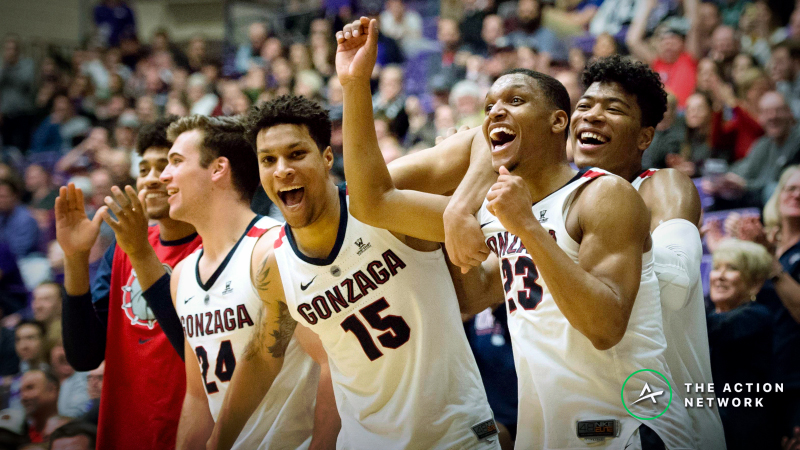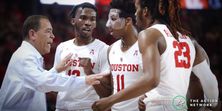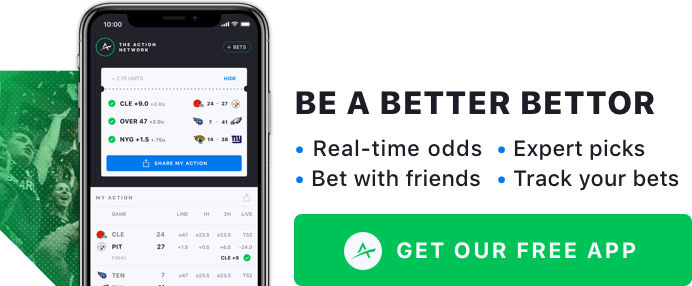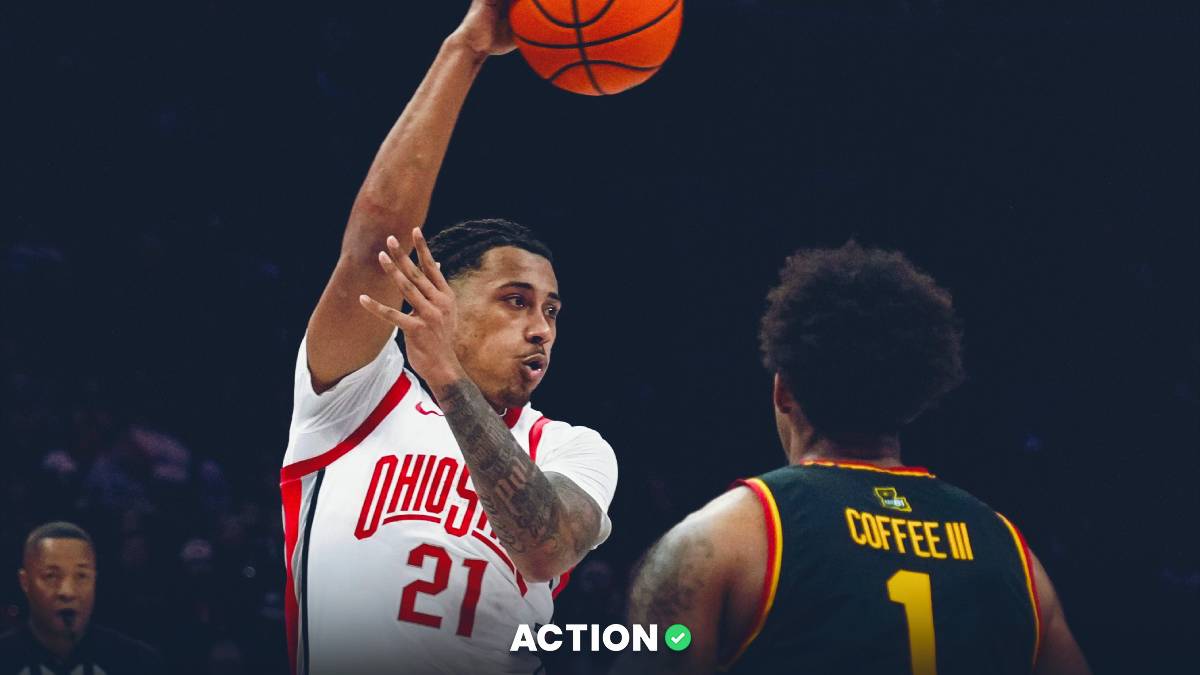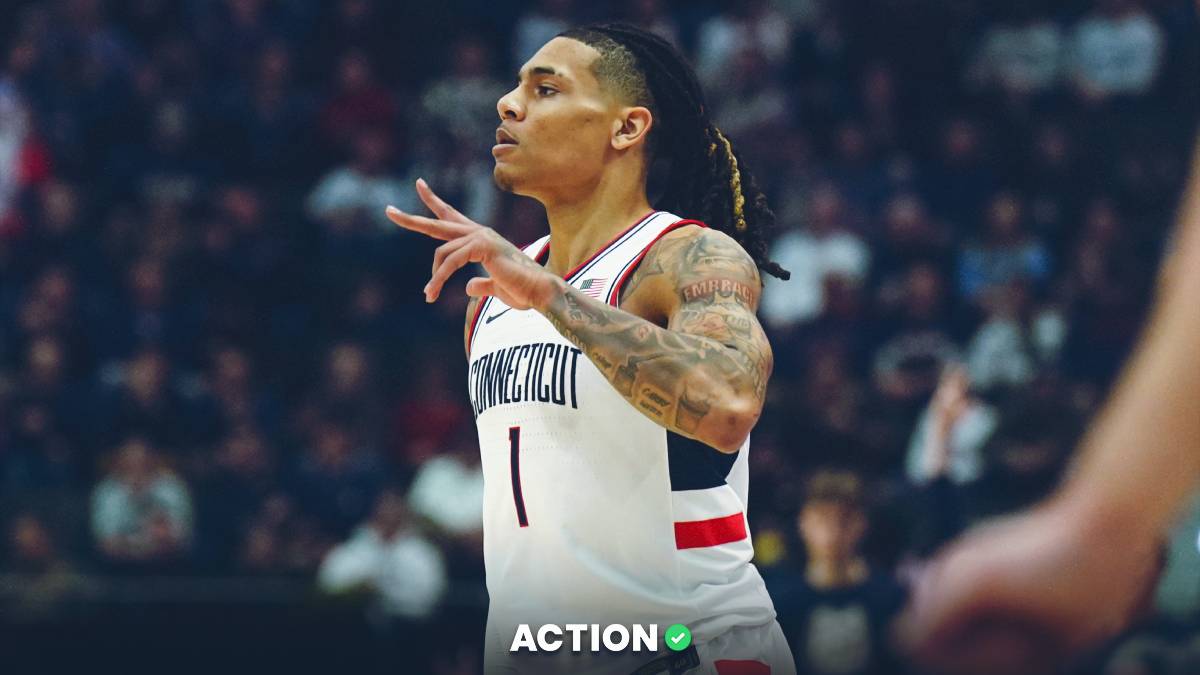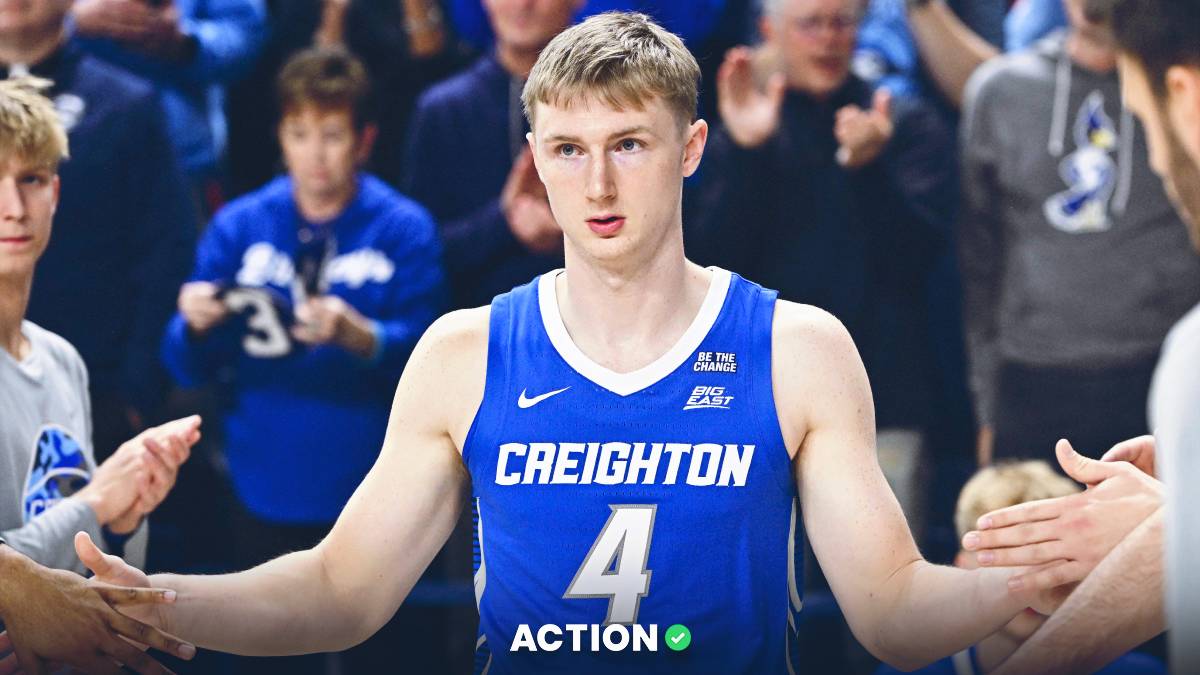- College basketball national title contenders -- ones that fit a certain statistical criteria -- have historically covered the spread at a high rate.
- Ryan Collinsworth dives into the numbers and explains why it's gainful to bet the eight teams that fit the profile down the stretch of the regular season.
About a month ago, I introduced a way to identify college basketball teams that fit the statistical profile of a national champion.
Just for kicks, I dove into Bet Labs to evaluate annual ATS records for teams that fit that national champion profile over the past 10 years. I had little-to-no expectation for what I might uncover, but I would up discovering a stable and gainful college basketball betting system.
Let's briefly review my statistical methods and qualifications, and then I'll explain how the system works.
NCAA Champions' Statistical Profile
I analyzed all college basketball teams based on three metrics — each sourced from Ken Pomeroy — to determine which could win the national title this season:
Adjusted offensive efficiency (AdjO): Points scored per 100 possessions, adjusted for opponents
Adjusted defensive efficiency (AdjD): Points allowed per 100 possessions, adjusted for opponents
Adjusted efficiency margin (AdjEM): The difference between a team's offensive and defensive efficiency
After careful statistical treatment and analysis, I established that national champion-caliber teams generally boast an adjusted efficiency score of 23.81 or higher. This threshold serves as the primary qualifying factor in our analysis.
In another article on our Final Four dark horse candidates, we also established statistical thresholds for AdjO and AdjD. Generally, Final Four teams boast an AdjO score of 114.0 or higher and an AdjD score of 96.2 or less.
Teams must fulfill all three of the above criteria in order to qualify as a national championship contender.
Betting on National Title Contenders During the Regular Season
I then evaluated past contenders' regular season ATS records from 2009-10 to today. Those results surprised me:
National championship contenders have combined to go 1217-857-42 against the spread since the 2009-10 season. That results in an ATS win percentage of 58.7%.
Now let's look at those results in terms of ROI by season:
The Problem With Our Methods
The big problem with our betting system is that it doesn't utilize point-in-time data. The historical efficiency metrics we used to build our model are based on end-of-regular-season marks — not reflective of metrics at the time past games were played.
Ideally, we would scrub every team's efficiency scores preceding every regular season game from every season back throughout time. But, we don't have access to that point-in-time data.
Nonetheless, we can still do one thing to make our system more generalizable to current betting conditions: We can evaluate historical betting returns for February and March. By isolating these two months, we bring our betting data up to our current position in the college basketball regular season.
If national title contenders report big ATS win percentages in the early months of the season — but fail to effectively cover in the last two months — then we know that our system is based on identifying championship contenders early and riding them all season. Of course, identifying such teams is typically impossible until teams reach the heart of conference play. This kind of statistical result would serve as a strong indictment to our betting theory.
However, if the months of February and March still report high cover-rates, then it can't all be about identifying elite teams prematurely. Instead, that result would suggest that top teams continue to offer a betting edge even as the markets begin to adjust to their greatness.
So, let's see what the data has to say:
Betting on national title contenders to cover in February and March is indeed less gainful than in the early months of the season — but that result was at least somewhat expected.
More importantly, despite that decline in profits in February and March, contenders still hold on to a meaningful — and gainful — edge. Since 2009-10, contenders boast a 351-271-14 record against the spread, which translates to a 56.4% win percentage.
Solely judging performance in February and March, contenders have covered at least 54.0% of the time and have delivered a return on investment of at least 5.0% in every season except one (2013).
Of course, we still don't have point-in-time efficiency metrics for each of these teams from previous seasons. But, by analyzing returns in February and March, we can at least examine our betting system based on point-in-time games for the remainder of this season.
Plus, we were able to demonstrate that our betting edge was not based on betting teams before we knew they were good. Sure, there was definitely an edge to getting in early, but our 56.4% cumulative ATS win percentage in February and March proves that national title contenders offer value deep into the regular season.
Good Teams Win, Great Teams Cover
As the saying goes, truly great teams find a way to beat not just their opponent, but also Vegas handicappers.
This season, those "great" teams include, as of this writing:
- Duke
- Gonzaga
- Kentucky
- Michigan State
- North Carolina
- Tennessee
- Virginia
- Virginia Tech
Those eight schools have combined for a 100-47-2 ATS record this season.
Bet on those teams to continue their winning — and covering — ways during the final weeks of conference play.


